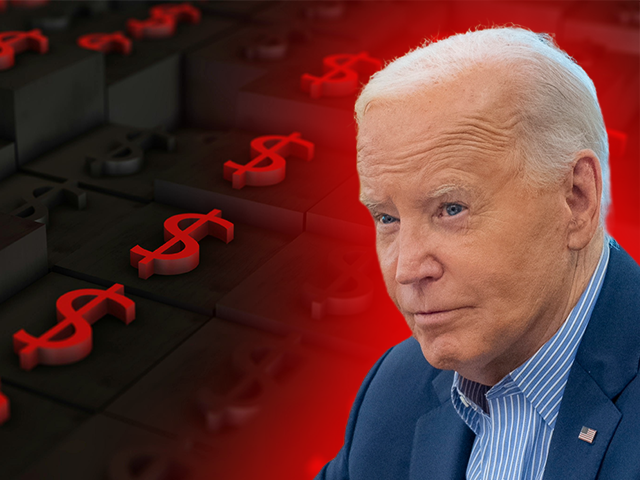Inflation Also Rises
When we warned yesterday that there were still upside risks to inflation despite two months of weaker than expected reports, we did not expect to see our view confirmed the very next day.
Yet that’s exactly what happened in today’s producer price index (PPI) report from the Bureau of Labor Statistics. The index for final demand jumped by 0.2 percent in June, twice what was expected. In addition, there were significant upward revisions to the previous month’s PPI, moving the headline final demand up from a 0.2 percent decline to a flat reading.
The year-over-year PPI gain for PPI rose to 2.6 percent, the highest 12-month increase since March 2023. The index has now been rising for five consecutive months, calling into question the idea that inflation is on a path to two percent.
The transitory decline in energy prices held inflation down in June, suggesting that underlying inflation forces were even stronger than the headline final demand figure indicates. The PPI’s measure of energy for final demand fell 2.6 percent in the month. Final demand food prices fell 0.3 percent.
Excluding food and energy, producer prices rose 0.4 percent for the month and were up three percent over 12 months. That’s the largest year-over-year increase since April of 2023. Core producer prices have now risen for six consecutive months—which is every month this year. What’s more, the second derivative rate of increase in the year-over-year change is rising, indicating that inflation is getting worse rather than subsiding.
By subscribing, you agree to our terms of use & privacy policy. You will receive email marketing messages from Breitbart News Network to the email you provide. You may unsubscribe at any time.
Goods prices fell 0.5 percent, but this was almost entirely due to energy prices. Excluding energy and food, core goods prices were flat for the month. This is a signal that goods disinflation has probably come to an end and therefore can no longer be counted on to bring down overall inflation.
Services Prices Indicate Strong Demand
Final demand services prices rose 0.6 percent, the fifth rise over the past six months, indicating no progress in bringing down inflation in services prices. Nearly all of the increase in services is attributable to an increase in trade services, a measure of profit margins at retailers and wholesalers. This is promising for businesses—and helps explain why small business sentiment and small cap stocks are rising lately—but not promising for inflation. It is another indicator that demand remains very high.
The details on services prices contain some positive indications for economic growth, suggesting that we aren’t on the verge of a recession. Over one-quarter of the services increase can be traced to a 3.7 percent rise in margins for machinery and vehicle wholesaling, suggesting a lot of business investment is occurring, and merchants catering to them are able to exercise pricing power.
This indicates that the economy does not need a rate cut from the Federal Reserve. Profit margins are expanding, prices of goods have stabilized, and services prices are still inflating. When combined with still very low unemployment and robust jobs growth (even if too much of it is government or government-adjacent), the economy is still growing at a decent pace. Additional accommodation from the Fed is unwarranted and would unnecessarily risk pushing inflation even higher.
Consumers Are Still Really Unhappy with Inflation
Another reason for the Fed to avoid an interest rate cut: inflation is depressing consumer sentiment.
The University of Michigan’s consumer sentiment index unexpectedly dropped in early July because households are deeply unhappy about what inflation has done to the cost of living. Although political pundits and some economists like to focus on the latest numbers, consumers tend to feel the cumulative weight of inflation.

(Photo: Karolina Kaboompics/Pexels)
“Despite expecting inflation to ease, consumers remain vociferously frustrated at the persistence of high prices,” Joanne Hsu, director of the University of Michigan consumer surveys, said in a statement. “Almost half of consumers spontaneously expressed complaints that high prices are eroding their living standards, matching the all-time high reached two years ago.”
That’s bad news for Joe Biden and good news for Donald Trump. Much of the hopes of Democrats that the president would gain ground on Trump in the polls hinged on the idea that sentiment would improve as inflation faded. But this is not happening. Instead, sentiment is going in the opposite direction.
Since surveys show that the public trusts Republicans in general and Trump in particular to be better on the issue of inflation, the persistence of inflation and the psychological weight of inflation boosts GOP chances in the November election.
As we said earlier this week, an inflation election highly favors Republicans.

COMMENTS
Please let us know if you're having issues with commenting.